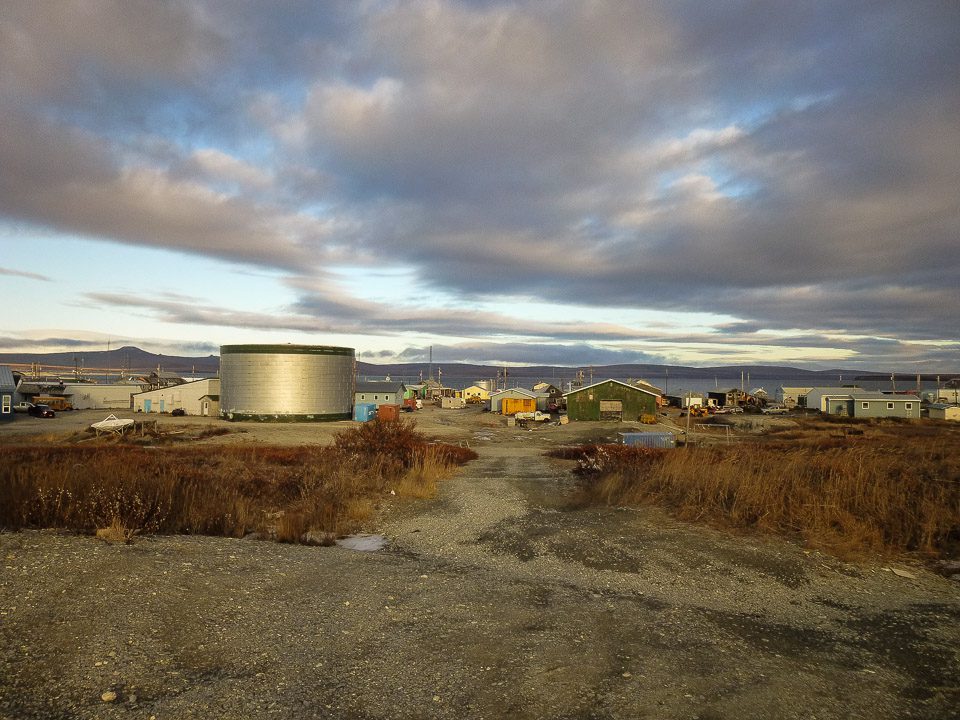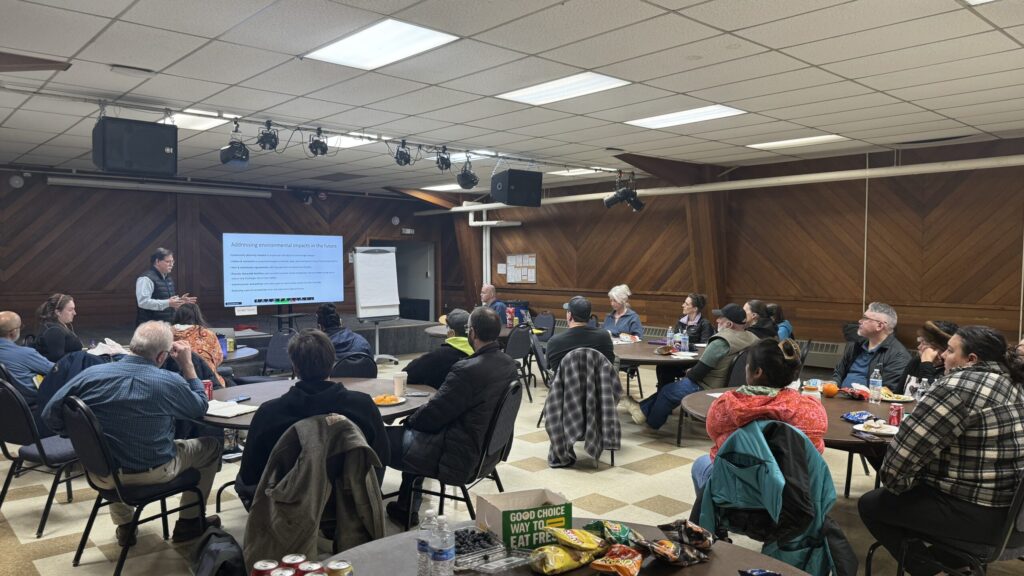Congressman Don Young is introducing a bill in Washington, D.C. to speed up development in an area of the Seward Peninsula that many are eyeing as one piece of a future Arctic Port.
House Resolution 4668 would divide about 2,500 acres of federal land among the Coast Guard, the State of Alaska, and the Bering Straits Native Corporation.
The idea is to hasten infrastructure development by creating a public-private partnership.
“The Coast Guard has no money,” Young said. “The [Army] Corps [of Engineers] has identified this one area as a public-private participation—so any facilities should be, very frankly, financed privately with the public input.”
Under the resolution BSNC would take over 2,381 of the land–the overwhelming majority. Matt Ganley works with resources for BSNC, and said by email Tuesday that the corporation has been “discussing the Point Spencer lands with Congressman Young and his staff” since 2010, when the Coast Guard decommissioned it’s facilities in the area.
Ganley added that BSNC “fully support[s]” Young’s legislation.
The acreage that the Coast Guard and the state will receive are comparatively small, but vital for infrastructure development. The Coast Guard has identified the area from an airstrip to the shoreline as essential to future operations. And while there isn’t yet a draft map accompanying the resolution, Ganley says the legislation aims to anticipate future needs and partition the lands accordingly.
Point Spencer is the curved spit closing in the waters West of Teller and Brevig Mission.

It’s one of the geographical features that makes up Port Clarence, which, along with the harbor in Nome, will likely be part of a proposed deep draft port.
Young believes freeing up land the federal government has failed to so far take advantage of is the first step towards building vital infrastructure.
“This has been identified as one of the more likely areas by the Coast Guard and the Corp of Engineers,” Young said. “I’m not going to pick the areas, I’m just trying to provide the areas necessary to have a deep water port—and we need it badly up there because of the arctic participation. And this is the first step.”
Ganley wrote that during a meeting last February residents and leadership in Brevig Mission and Teller supported the prospect of jobs and economic opportunity nearby development could bring. Attendees also raised serious concerns about the effects to subsistence resources. Though the resolution has a special provision recognizing archeological and cultural heritage in the region, there is no mention of subsistence anywhere in the legislation.
The US Army Corp of Engineers is scheduled to release a report with recommendations for an Arctic deep draft port in the region by the end of the summer.
There’s no timeline as yet for how Young’s legislation will advance in the House.







